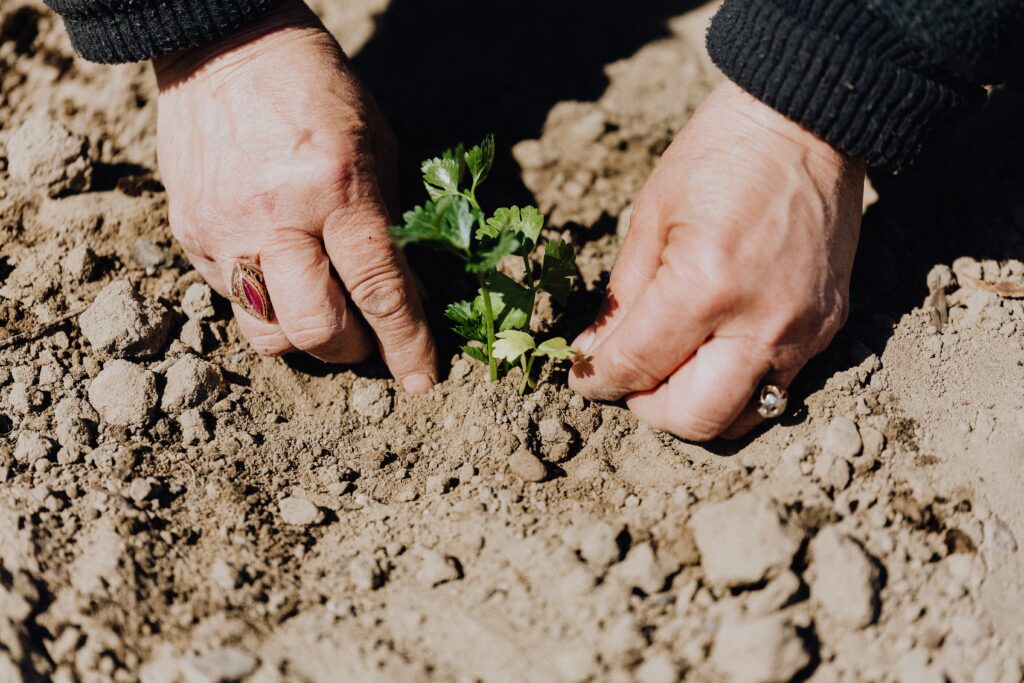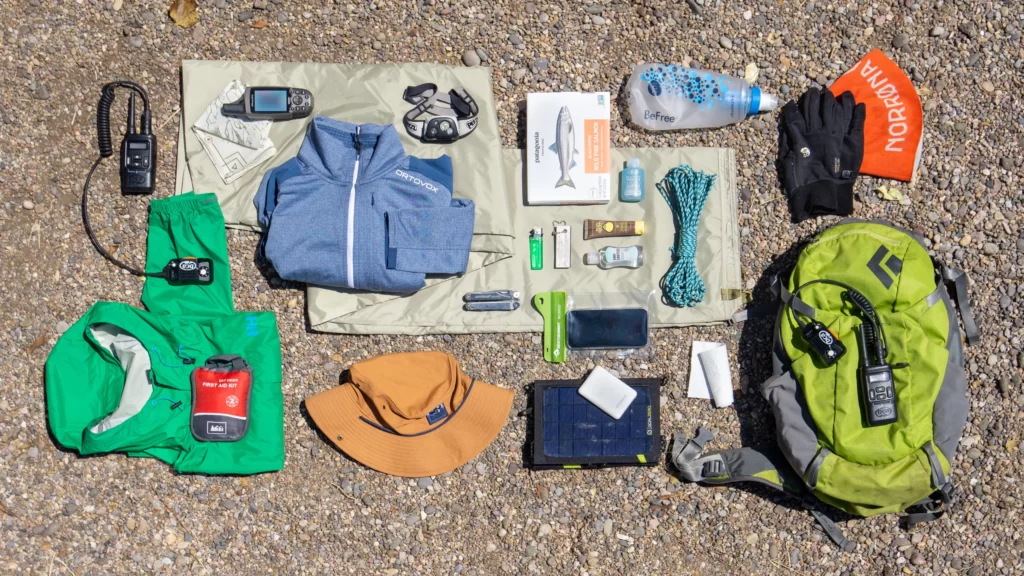Emergency sanitation is a critical component of personal safety and health in times of crisis. A lack of access to clean water and hygienic practices can put individuals at risk for dangerous diseases, both short-term and long-term. Therefore, it is essential that one understands the necessary steps to take in order to stay as healthy and safe as possible in a time of emergency or disaster.
This article will provide an overview on how one can maintain hygiene during an emergency situation while still maintaining freedom from disease. The following information outlines important tips and guidelines that should be followed when establishing hygiene protocols during a crisis. Particular attention must be paid to proper handwashing techniques, clothing maintenance, food storage methods, waste disposal considerations, and other precautions which will help ensure the health and well being of those affected by the emergency circumstances.
It is imperative that these standards are taken seriously so as to reduce potential exposure to bacteria or viruses which may result from inadequate sanitary measures.
Handwashing Techniques
Emergency sanitation is of paramount importance during crisis situations. Handwashing is one of the most effective ways to ensure cleanliness and prevent disease transmission.

To properly wash hands, it is necessary to wet them with water before applying soap or hand sanitizer if available. It is important to scrub all surfaces thoroughly for at least 20 seconds; paying special attention to areas such as between fingers and under fingernails. Afterward, rinse hands with water and use a paper towel or air dryer if possible.
In addition to proper technique, frequency also matters when washing hands in an emergency situation. The Centers for Disease Control (CDC) recommend that individuals launder their hands often-especially after going outside or having contact with another person who may be infected with a virus or bacteria.
Furthermore, CDC recommends washing hands prior to eating any food items and after using the restroom in order to avoid cross contamination from fecal matter which can carry harmful pathogens.
The importance of keeping hands clean cannot be overstated in times of crisis as it helps protect both people and communities from infectious diseases like COVID-19. Having access to adequate supplies such as running water, soap, alcohol-based sanitizers, and paper towels will help maximize hygiene practices among those affected by emergencies worldwide.
Clothing Maintenance
Maintaining clean clothing is essential for emergency sanitation and the prevention of disease. In a crisis situation, it can be difficult to keep up with regular laundry routines. However, there are several creative solutions that can help ensure your clothes remain in good condition:
- Rotate Clothing: Have two sets of clothing, if possible, and rotate them so you don’t wear each item too many times without washing it first. This way you won’t have to worry about constantly having access to a washer or dryer.
- Keep Clothes Cleaned: If access to a washer or dryer is available, try doing smaller loads more often instead of waiting until all of your items need cleaning at once. Additionally, use natural materials such as sand or soapnuts when possible in order to minimize environmental impact from detergents and other synthetic chemicals.
- Make Your Own Detergent: You can also make your own detergent using simple ingredients like baking soda and vinegar which may be easier to find than traditional laundry products during an emergency situation. For example, combining 1/4 cup baking soda with 1/4 cup castile soap will create a basic detergent solution that could easily be used for handwashing delicate fabrics like silk or woolen garments.
Finally, remember that air drying your clothes whenever possible is one of the most effective ways to reduce water consumption while also preserving their fabric quality over time. Hang items on lines outside where they can get direct sunlight and fresh air – this will not only help prevent mold growth but also give your clothes a pleasant scent!
Food Storage Methods
Maintaining food safety during an emergency sanitation crisis is of the utmost importance. To ensure that proper storage methods are followed, below is a comparison between three common approaches: refrigeration, freezing and canning/bottling.
| Method | Benefits | Drawbacks |
|---|---|---|
| Refrigeration |
|
|
| Freezing |
|
|
| Canning/Bottling |
|
|
Each method has its own unique benefits and drawbacks depending on the particular context at hand. It is essential to take into account various factors when determining which approach best suits your needs in terms of both availability of resources and long-term goals. Furthermore, hygiene practices should be followed while handling stored food items regardless of the chosen method; washing hands before and after contact, avoiding cross contamination via utensils or surfaces, ensuring containers remain sealed tight etc., will help protect against any potential threats posed by microorganisms that may otherwise contaminate our supplies. Ultimately, selecting the correct storage solution depends on individual circumstances including budget constraints, location specific risks from natural disasters or other calamities as well as dietary preferences.
Waste Disposal Considerations
In a crisis situation, proper waste disposal is of critical importance. Without appropriate sanitation measures in place, the risk for disease transmission increases drastically.
To ensure safe and effective waste management during an emergency, one must take into account certain relevant considerations.
First and foremost, it is important to assess the available resources when devising a plan for disposing of solid and liquid wastes. Considerations should include existing infrastructure such as garbage collection services or wastewater treatment facilities that are potentially affected by the disruption caused by the event; any tools at hand (e.g., buckets, shovels) to store or transport waste material away from living areas; and personnel with knowledge regarding best practices in sanitary engineering who can provide guidance on how to safely dispose of different types of contaminants.
Second, it is essential to reduce potential exposure pathways between people and contaminated materials through careful segregation and containment strategies. For instance, if there are no appropriate containers available for storing human excreta or hazardous chemicals, these substances may need to be buried below ground level so as not to come into contact with individuals or surface waters. Additionally, items that cannot be decontaminated like used medical supplies should be placed in separate receptacles from other types of trash before being disposed of under controlled conditions if possible.
Finally, regular maintenance is required to maintain good hygiene standards even after initial efforts have been completed. This includes regularly removing accumulated debris from permanent storage units or pits; replacing soil layers over landfills that have become exposed due to erosion; establishing buffer zones around dumping sites; and ensuring adequate ventilation inside the area where refuse accumulates in order to avoid odors and insect infestations.
By adhering to these basic principles of waste disposal during an emergency situation, one can help protect oneself and others from infectious diseases while preserving public health and safety.
Water Purification Strategies
Water purification is an essential part of emergency sanitation. It prevents the spread of water-borne diseases, improves taste and odor, and makes water more palatable for drinking or cooking.
There are several ways to purify contaminated water in a crisis situation. Boiling is one of the most reliable methods of purifying water. Boiling kills bacteria, viruses, and other pathogens that could cause disease and illness. To boil water properly, it should be brought to a rolling boil for at least 1 minute before cooling. This method works best when combined with filtration as boiling alone may not remove all contaminants from the water supply.
Another popular option for purifying water during an emergency is chemical treatment with tablets or drops such as chlorine dioxide or iodine. These chemicals kill harmful microbes in the water while also improving its smell and taste. They do not work on large particles like sediment so filtering first can help ensure more effective treatment results. Chemical treatments must be used according to manufacturer instructions as overuse can make treated water unsafe for consumption due to hazardous levels of toxic substances created by improper use.
These are just two common strategies employed when seeking to improve sanitation through proper water purification techniques in times of crisis. While both have their own benefits, it’s important to follow guidelines closely when using either approach if contamination levels are unknown or suspected to be high in order to avoid further health risks associated with unclean drinking sources.
Utilizing Sanitary Supplies
In order to maintain cleanliness and hygiene in a crisis, it is essential to develop strategies for water purification and utilize sanitary supplies. Water is often contaminated during an emergency situation and may contain bacteria or viruses that can cause serious illnesses if consumed without being purified first. In addition, access to basic sanitation materials such as soap, toilet paper, shampoo and other products are limited or nonexistent in these situations.
To stay healthy and hygienic under these circumstances requires careful planning and the use of available resources. Water purification methods include boiling, distillation, filtration with a cloth or commercial filter system, chemical treatment with iodine tablets or chlorine bleach, ultraviolet light treatments, and reverse osmosis systems. Boiling is the most cost-effective way to make water safe for drinking but takes time and fuel; distillation works well on saltwater sources but requires specialized equipment; filtration removes visible particles from the water but not pathogens so further disinfection must be done afterwards; chemical treatment kills most microorganisms but tastes bad; ultraviolet radiation deactivates organisms exposed to direct sunlight; while reverse osmosis forces liquid through a membrane removing salts impurities. Whatever method chosen should always follow recommended guidelines set by authorities in times of emergency.
The challenge of staying clean when facing a disaster also involves using what little resources are at hand as efficiently as possible: reusing towels two or three times instead of throwing them out after one use; washing clothes regularly with biodegradable detergent made from plants found nearby rather than buying conventional laundry soap which may no longer be available ; making sure hands are washed properly before eating any food; scrubbing dishes thoroughly between uses even if they look clean already; creating makeshift showers out of buckets filled with warm water mixed with biodegradable cleaning solutions like vinegar or baking soda.
These simple steps can help reduce the risk of getting sick due to lack of proper sanitation during difficult moments ensuring both physical health and psychological wellbeing in crises scenarios.
Frequently Asked Questions
How Often Should I Wash My Hands During A Crisis?
Good hand hygiene is key to combatting the spread of infectious disease.
During a crisis, it is recommended that individuals wash their hands with soap and water for at least 20 seconds or use an alcohol-based hand sanitizer after touching any surfaces and before eating.
Additionally, frequent hand washing should occur throughout the day; especially after coughing or sneezing, going to the bathroom, blowing your nose, changing diapers, handling pet food/treats, garbage disposal and when in contact with someone who is ill.
Doing so can help minimize transmission of germs between people as well as from contaminated objects to people.
What Should I Do If I Don’t Have Access To Running Water?
In an emergency situation where access to running water is limited or nonexistent, it is important to maintain a level of sanitation and hygiene as best as possible.
Various methods can be employed; for example, using alcohol-based wet wipes instead of soap and water will help reduce the risk of spreading germs while also providing a sense of cleanliness that boosts morale.
Additionally, boiling any available non-potable water before use may help kill any harmful bacteria present in the water source.
Finally, hand sanitizer should always be carried with you if there are no other suitable alternatives available.
What Is The Best Way To Keep My Clothes Clean And Hygienic During A Crisis?
Keeping clothes clean and hygienic during a crisis is essential in order to avoid the spread of infection.
Hand-washing garments with soap or detergent is an effective way to disinfect, however this may not always be possible due to lack of water supply.
In such circumstances, boiling the clothing for 30 minutes can provide an adequate level of sanitation, while ensuring that heat-sensitive materials are treated with care.
Additionally, allowing the items to air dry naturally in direct sunlight will help remove bacteria more effectively than machine drying.
How Can I Ensure That Food I Store Stays Safe To Eat?
Food safety is a priority when it comes to emergency sanitation, as foodborne illnesses can be contracted from eating contaminated food.
To ensure that stored food remains safe for consumption, proper storage practices should be followed. Refrigerated and frozen foods must remain at the correct temperature to prevent spoilage; canned or dry goods should be kept away from moisture and heat sources.
Additionally, high-risk items such as raw meat, poultry, seafood, milk products and eggs should not be consumed past their expiration date. Strict adherence to these precautions will help maintain the quality of stored food and reduce the risk of contamination during an emergency situation.
How Do I Dispose Of Waste In An Emergency Situation?
In emergency situations, proper waste disposal is essential for safety and health.
Waste can be classified into three categories: bio-degradable, non-biodegradable, and hazardous.
Bio-degradable materials should be buried in a shallow hole or composted to reduce risks of contamination from animal scavengers.
Non-biodegradable items such as plastics, glass containers, cans and other metals should be recycled where possible or stored together safely away from food sources until the situation improves enough for them to be disposed of properly.
Hazardous materials like medical supplies must also be handled with caution and not discarded at random as they could cause further harm if mishandled.
Conclusion
In conclusion, it is essential to maintain good hygiene habits during a crisis in order to prevent illness and infection.
By washing hands frequently, using alternative methods of cleaning without running water, keeping clothes clean, storing food safely and disposing of waste properly, one can minimize their risk of becoming sick or spreading germs.
Taking these steps will ensure that those affected by an emergency are able to stay healthy and safe.
It is important for individuals to be prepared before a crisis occurs so they have the knowledge and resources necessary for successful sanitation practices.













